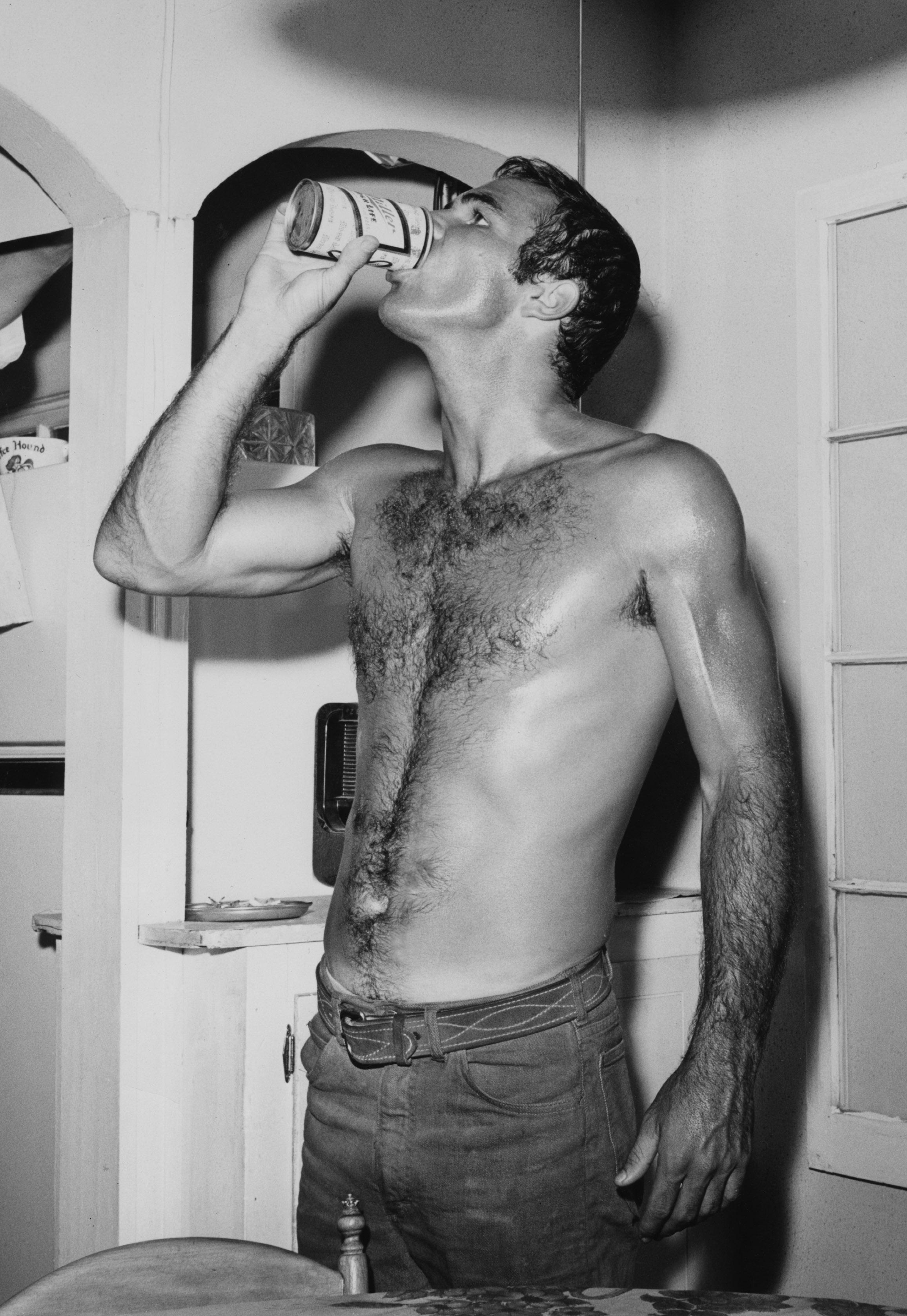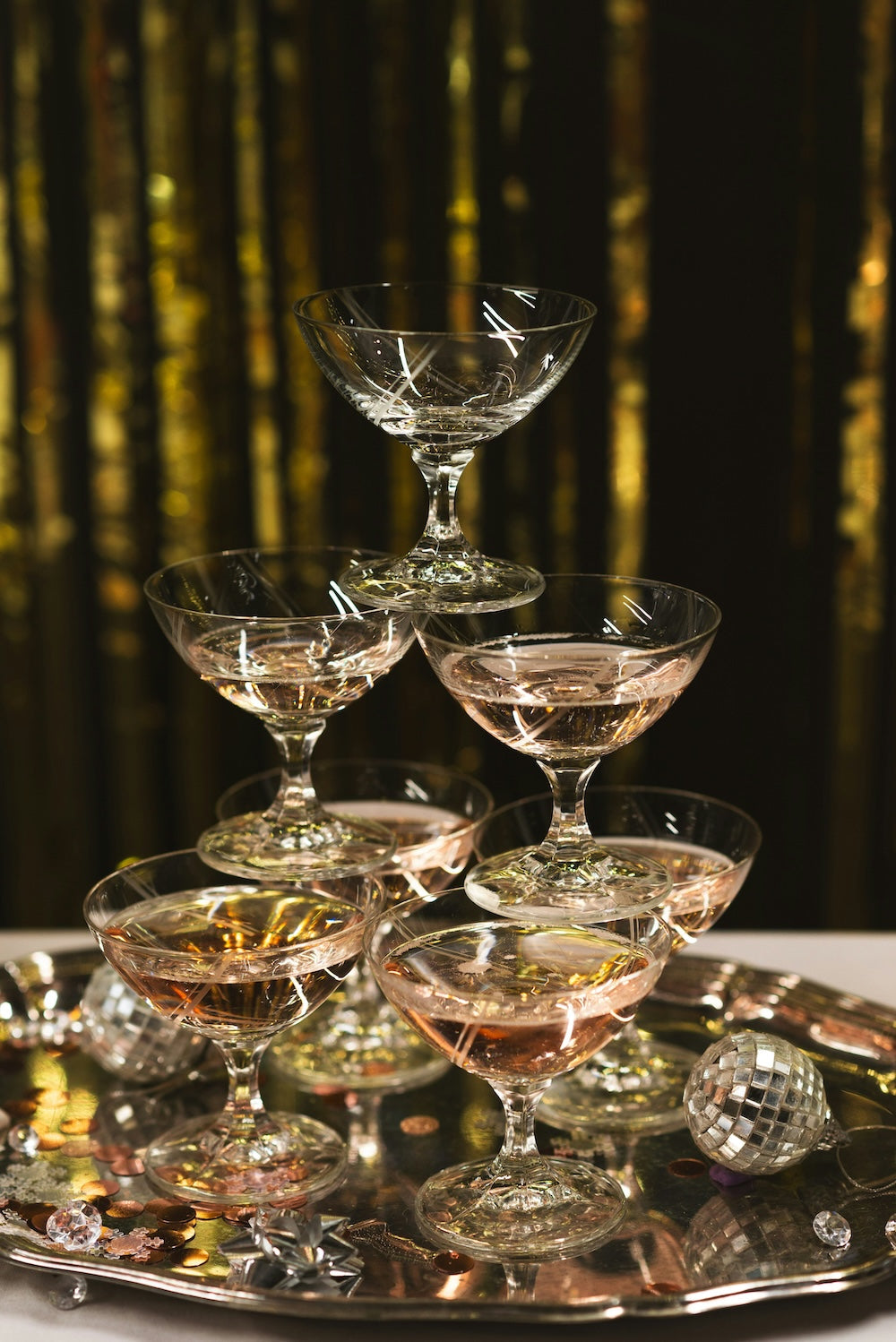why do we find chest hair attractive?

An ode to sternum carpets.
Unless you’re an Olympic swimmer or Steve Carell in The 40-Year-Old-Virgin, chest hair is rarely touted as a bad thing. Sure, there are those among us who prefer the whole “bald-bosom” look, but for the most part, a tuft of fur peeking out from beneath a V-neck (or perhaps, any variety of collar that is not a V-neck) is an immediate turn on. While the ‘ol chest carpet has certainly gone in and out of style over the years, there’s something enduringly sexy about chest hair. The real question is: Why?
Well, like with most things we’re attracted to somewhat nonsensically (body odor??), there’s evolutionary merit here. Way way back in the day, neanderthals with a greater quantity of body hair were more likely to keep unwelcome bugs at bay, being that blood-sucking insects found themselves incapable of locating skin. Even still, while most modern men have significantly less body hair than your traditional neanderthal, a hairy chest is actually proven to make you less susceptible to bed bugs. Naturally, a mate with bed bugs is less...suitable than one without.
Beyond the critter thing, men have organs called apocrine glands that release the scent. Aromatic chemicals (namely testosterone) are released through these glands, which is what you might call the whole “manly musk.” In turn, chest hair traps those odors and even strengthens them, which is basically a way of saying “I am a man” very loud, via odor. While this may not sound hot, it is evolutionarily attractive.
The stereotypically “manly” aesthetic may not be as popular as it once was, but nevertheless, it’s rooted in biology: When it comes to meeting basic needs (food, shelter, water), masculine traits demonstrate a certain fitness—an ability to protect, and provide. For women, particularly fertile women, there’s a primal attraction there. And while there’s no definitive research explaining why, say, Europeans prefer a hairless chest, like anything else, body hair comes and goes. It has its fads, folks have their preferences. But according to science, no matter what’s trending in fashion magazines, excessive body hair is linked to higher levels of testosterone production—so technically, harrier men are more traditionally “manly” men. (And if that doesn’t do it for you, you might consider that an extra layer of fur will help both of you stay warm in the winter.)
Then, last but not least, for a little inspiration in the chest coat region, we’ve culled together a few of the hottest n’ hairiest film icons of all time:

